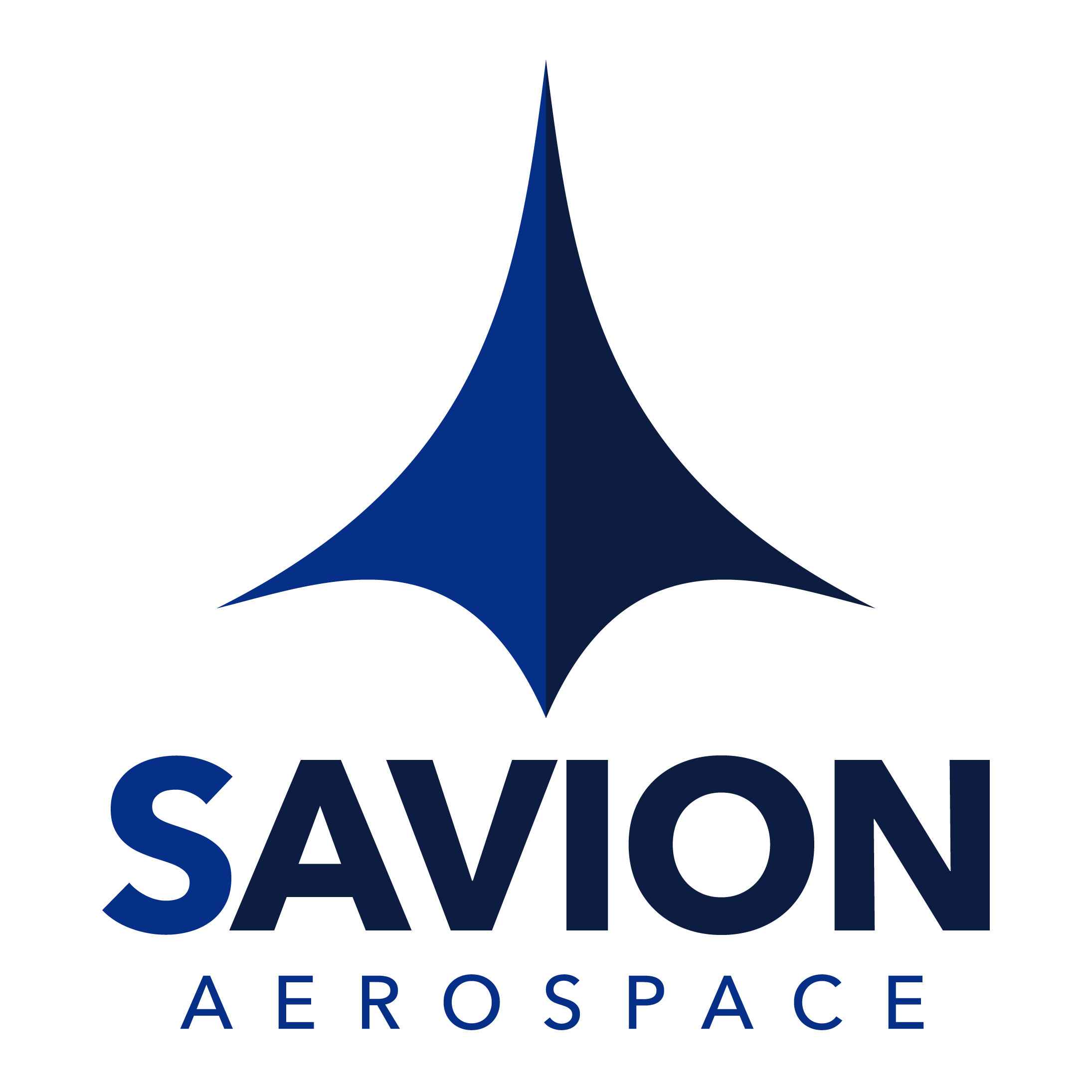The unique technology behind SavionJet.
LIghter Energy + Automation
Savion is transitioning the aviation industry from scheduled service to on-demand mobility. There are two elements behind every transportation revolution: a better source of energy, and a better way to control the vehicle. The Wright Brothers were the first to build a lightweight engine for the recently discovered ‘petroleum,’ and developed the pitch, roll and yaw flight control strategy that aircraft still use today. 100 years later, Savion is using lighter energy (LNG - liquefied natural gas) and remote piloting to bring about a new era of flying. Both elements are required to succeed — just ask Samuel Langley.
The benefits of a natural gas-powered aircraft
Liquified natural gas is 20% more energy dense than kerosene (Jet-A) and removes more emissions per dollar invested than any other “green” energy pathway for commercial aviation. Savion’s proprietary LNG storage technology and inverse aircraft design process have been combined to give the middle class its first affordable private jet club. Learn more about LNG from our TedTalk below.
Fuel Properties
The LNG Carbon negative Process
Yes, it’s possible to fly with a negative carbon footprint. By capturing methane from livestock, we can actually prevent global warming and fly without generating an new net emissions. The process is described below, along with an emissions rating from the California Air Resources Board (CARB).
This carbon negative process has been verified by the California Air Resource Board, as detailed below.





